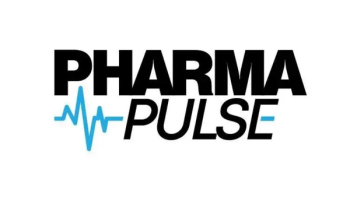
Dept. of Technical Precision: USP adopts a new drug naming policy
After five years of deliberations, a Naming Policy for Salt Drug Substances will go into effect next May
he announcement did not generate a big stir in healthcare circles, but it does point to the near-obsessive care with which pharma scientists deliberate and then decide on recommended practices within their work. The US Pharmacopeial Convention (USP) has announced a new Monograph Naming Policy for Salt Drug Substances in Drug Products and Compounded Preparations, which was first proposed in 2007 and has been deliberated upon since. (A “monograph” in USP-speak, is a document officially describing the composition and potency of a formulation, and has a connection to how the drug is described on its label. Under long-standing practice, agreed-on USP documents become the legal basis for FDA standards and requirements.)
After May 1, when the Drug Naming Policy becomes official, newly approved drugs will no longer be described as the salt of an acid or base, but only as the “active moiety” or the portion of the molecule that has the intended clinical effect. So, for example, a newly approved drug, say “newstuff chloride” (a salt) will more properly be called “newstuff” as the nonproprietary (non-branded) name of the compound. Equally importantly, the strength of the drug will be described in terms of the moiety, not its salt form. “What is important to note is that the reason for the change was to eliminate confusion about how strength is expressed. USP has held the position that the name and strength should always match,” says Dr. Andrzej Wilk, senior scientific liaison for USP.
Even so, there are exceptions to the new rule: existing monographs (drug names) will not be changed (unless there is a good reason to do so); new drugs for which the properties as a salt are clinically important will retain the salt terminology; and about 300 currently approved drugs, but for which the USP monograph is yet to be approved, will be handled on a case-by-case basis.
Details of the new policy are described in the Nov/Dec Pharmacopeia Forum, the public-access link to changes to the USP National Formulary. Additional information is available
Newsletter
Stay ahead in the life sciences industry with Pharmaceutical Commerce, the latest news, trends, and strategies in drug distribution, commercialization, and market access.





